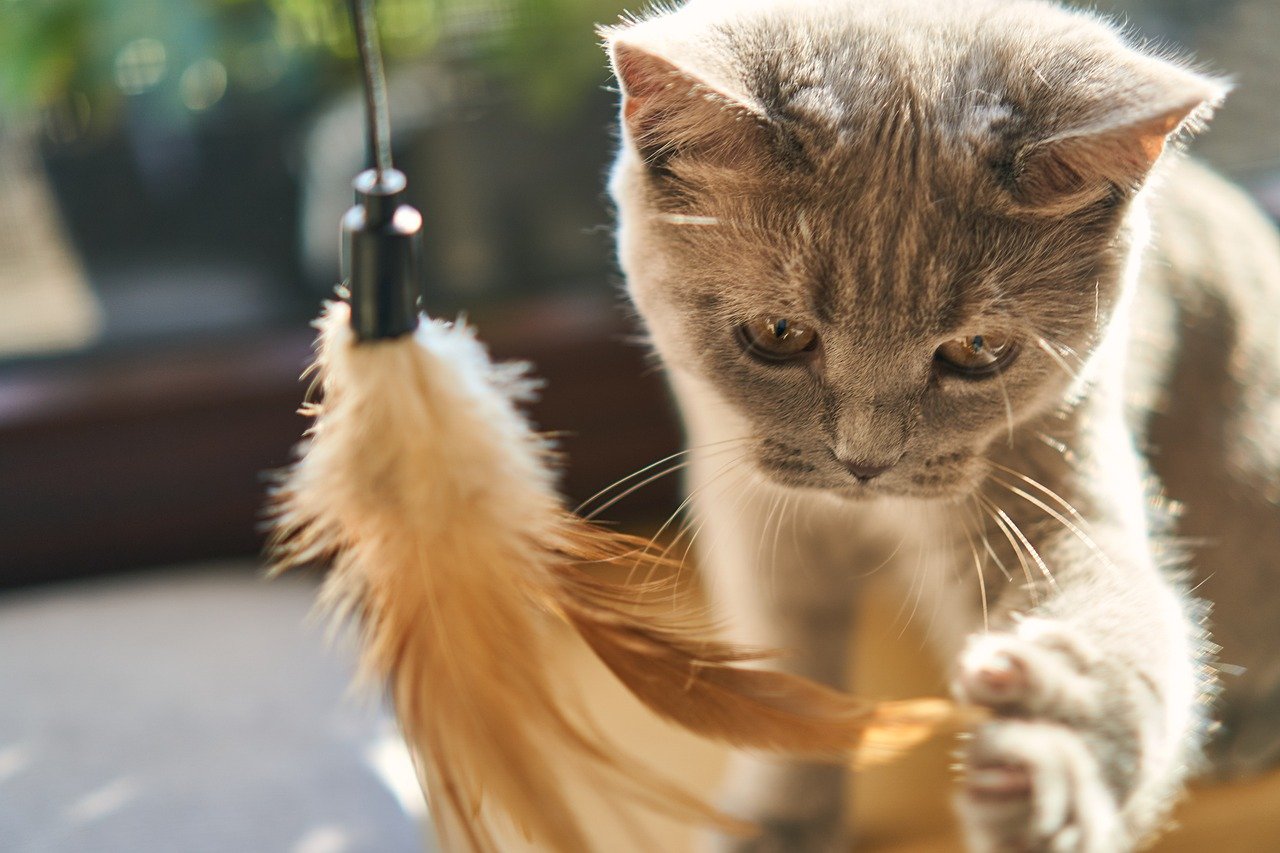Finding the perfect feline friend can be as exciting as it is challenging. Cats, with their diverse personalities and behaviors, can bring immense joy, companionship, and even a touch of mystery into your life. But just like humans, no two cats are exactly alike. Choosing a cat that complements your personality and lifestyle is crucial for a harmonious relationship. Whether you’re an energetic adventurer or a quiet homebody, there’s a cat out there for you. Dive into this guide to discover how to find the purr-fect match!
Understanding Different Cat Breeds
The world of cats is vast, with breeds ranging from the sleek Siamese to the fluffy Maine Coon. Each breed comes with its own set of characteristics. For instance, Siamese cats are known for their vocal nature and social behavior, making them ideal for someone who loves interaction. On the other hand, a Persian cat, with its calm demeanor, might be more suitable for a person who enjoys tranquility. It’s essential to research and understand the traits of various breeds to find one that aligns with your character.
Assessing Your Lifestyle
Before bringing a cat home, take a moment to reflect on your lifestyle. Are you frequently traveling or working long hours? A more independent breed, like the Russian Blue, might be the best fit. Conversely, if you spend a lot of time at home, a social and playful breed such as the Ragdoll could bring endless joy. Your living space also matters; a small apartment might not be ideal for larger breeds that need room to roam. Identifying these factors ensures you select a feline friend who can thrive in your environment.
Considering Your Personality

Cats, much like people, have distinct personalities. Some cats are playful and energetic, while others are more laid-back and reserved. If you’re someone who enjoys constant activity and play, a lively cat breed like the Bengal might be perfect. However, if you prefer quiet evenings with a book, a more relaxed breed like the British Shorthair could be your ideal companion. Understanding your own personality can guide you to a cat that mirrors or complements your characteristics.
The Age Factor: Kitten or Adult?
Deciding between a kitten or an adult cat is another crucial factor. Kittens are adorable and full of energy but require more time and training. They are curious explorers, often getting into mischief. Adult cats, however, are usually more settled and can showcase their established personalities, making it easier to determine if they’re a good match. If you have the time and patience for training, a kitten might be for you. But if you’re looking for a more predictable companion, consider adopting an older cat.
Allergies and Health Considerations

If you or someone in your household has allergies, this is an important consideration. Some cats produce less of the protein that triggers allergies, such as the Balinese or the Siberian. Additionally, think about the health and grooming needs of different breeds. Long-haired cats like the Persian require regular grooming, while short-haired breeds might be less demanding. Ensuring you can meet these needs is vital for a healthy and happy relationship with your feline friend.
Time Commitment and Responsibility
Owning a cat is a long-term commitment, often spanning 15 years or more. It’s not just about the time spent playing and cuddling; cats require regular feeding, grooming, and veterinary care. Consider your daily routine and whether you have the time to devote to a pet. If your schedule is packed, a low-maintenance breed might suit you better. Understanding the full scope of responsibility ensures that you’re ready to provide the best care for your new companion.
Visiting Shelters and Adoption Centers
Before making a decision, consider visiting local shelters or adoption centers. These places are teeming with cats of all ages and breeds, each with its own story. Spending time with different cats can give you a better sense of which one might be the right fit. Shelter staff can also provide valuable insights into the personalities and histories of the cats. Adopting from a shelter not only provides a home to a deserving animal but also offers you the chance to find a unique and loving companion.
Talking to Current Cat Owners

If you have friends or family members who are cat owners, don’t hesitate to reach out to them for advice. They can provide firsthand insights into what living with a cat entails. Whether it’s tips on feeding, grooming, or understanding feline behavior, their experiences can be invaluable. Additionally, they might introduce you to their cats, giving you further opportunities to interact and learn more about different breeds and personalities.
Preparing Your Home for a New Cat
Once you’ve chosen your feline friend, it’s time to prepare your home. Cats are naturally curious and will explore every nook and cranny. Ensure your home is safe by securing any hazards and providing ample space for your cat to rest and play. Invest in essentials like litter boxes, scratching posts, and toys to keep your cat entertained and comfortable. A well-prepared home ensures a smoother transition for your new companion.
The Final Decision: Trust Your Instincts
Lastly, trust your instincts when choosing a cat. Sometimes, despite all the research and considerations, you might form an unexpected bond with a cat that wasn’t on your radar. This intuitive connection can lead to a fulfilling and loving relationship. Remember, the best feline friend is one that feels right in your heart. Trust yourself, and you’ll find a companion that brings joy and warmth into your life.
Jen is a passionate nature lover and ocean conservationist. She has dedicated her life to protecting the environment and preserving the beauty of the natural world. Growing up in a small coastal town, Jen sincerely appreciated the ocean and its inhabitants. She has spent countless hours exploring the shoreline, learning about the creatures that inhabit the waters, and advocating for their protection. Jen is an active member of ocean conservation organizations, and she is committed to educating the public about the importance of conserving wildlife and the natural environment.





